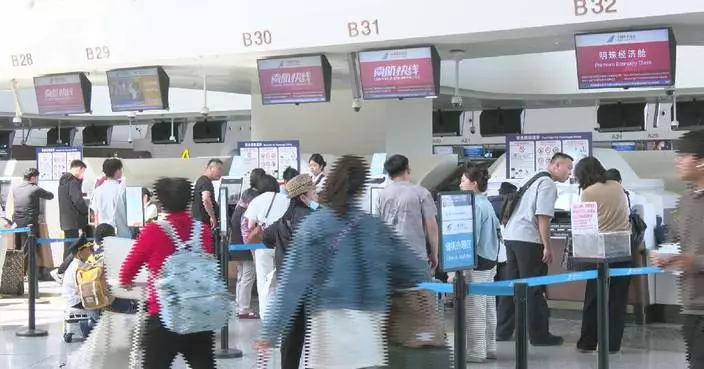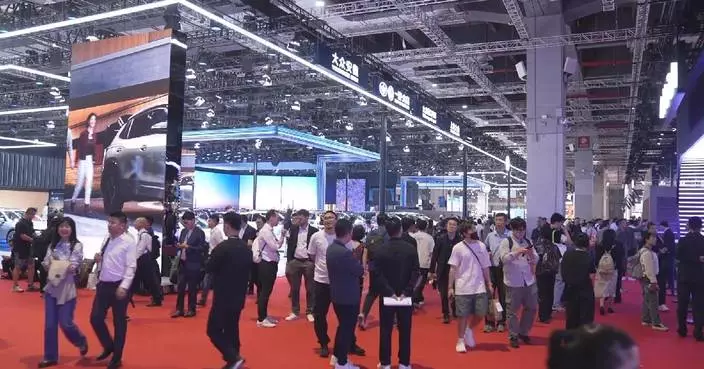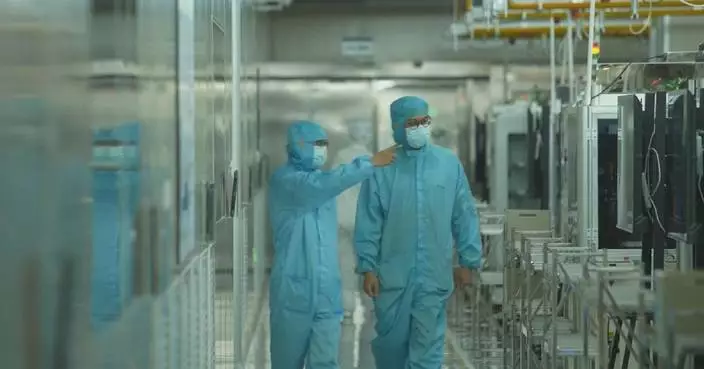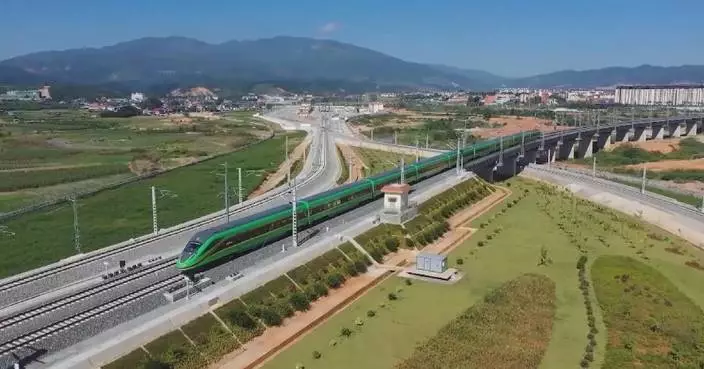The world's first humanoid robot half-marathon, to be held in Beijing's e-town on Saturday, has entered the final stage of preparation, with the competition rules now officially announced and teams moving into the competition accommodation and debugging complex.
The Beijing E-town Half-marathon and Humanoid Robot Half-marathon, to be held in the Beijing Economic-Technological Development Area, will see robotic and human athletes compete along the same route of 21.0975 kilometers.
Human athletes and humanoid robots will run in separate lanes divided by barriers or greenbelts for safety. Each robot team, including the leader, can arrange up to three runners to enter the track at the same time.
The race sets a chief referee, a main referee, and accompanying referees. During the competition, the chief referee will assign an accompanying referee to each participating team, who will follow and record the racers with an audiovisual recorder throughout the competition.
Seven aid stations will be positioned along the route for robot power replacement. The participating team should signal the accompanying referee when it needs to replace robots or batteries, and can only do so with the permission of the accompanying referee. But replacing a robot entirely during the competition will incur a time penalty, according to the competition rules.
"As it is difficult to complete the entire race with one battery, so to meet the teams' needs to replace batteries, we refer to the Formula 1 racing method, that is, to provide a backup power supply. Then in this way, we can improve the robot's running ability and the distance covered in the race," said Wang Guolin, deputy head of the robot group of the half-marathon race.
The robot's final score is the sum of the race time and penalty time. In the end, the champion, runner-up, and third place will be determined based on the ranking of the teams.
Special awards will also be arranged, such as the finisher award, the best endurance award, the best popularity award, the best gait award, and the best innovative form award.
"By setting up these awards, we can evaluate the capabilities of a robot from multiple dimensions, allowing everyone to comprehensively demonstrate their capabilities on this platform. It also tells the audience that it is not just about the score, not that our robot is the best if it comes in first, nor it is no good if it lags behind a little bit. Because a robot shows its abilities as a platform, we hope to comprehensively evaluate the capabilities of a robot through awarding multi-dimensional prizes, so as to increase the public awareness of humanoid robots and involvement in their use, and better understand the sector's development in China," said Wang.
As of Friday, all humanoid robot teams have arrived in an e-sports park in the e-town for final preparations, and a variety of support facilities for participating teams are available in the park. For road tests, the park provides a slope training area and a test area with hundreds of meters of straights and curves.
"In this area, we built a test track of about four to five hundred meters for testing robots. It has slopes, flat ground, and curves to meet the testing needs of the robot in different circumstances," said Shi Junlu, head of the support group of the race's organizing committee.
The organizing committee also set up a charging area, where debugging and maintenance services are also available, and arranged a storage area for each participating humanoid robot in the park's apartment building.
"After arriving here, we can see that the accommodation and meals are all arranged very well, with such a good venue for us to make preparations like doing verification," said Li Qingdu, founder of Shanghai Zhuoyide Robotics Co., Ltd, a participating company.
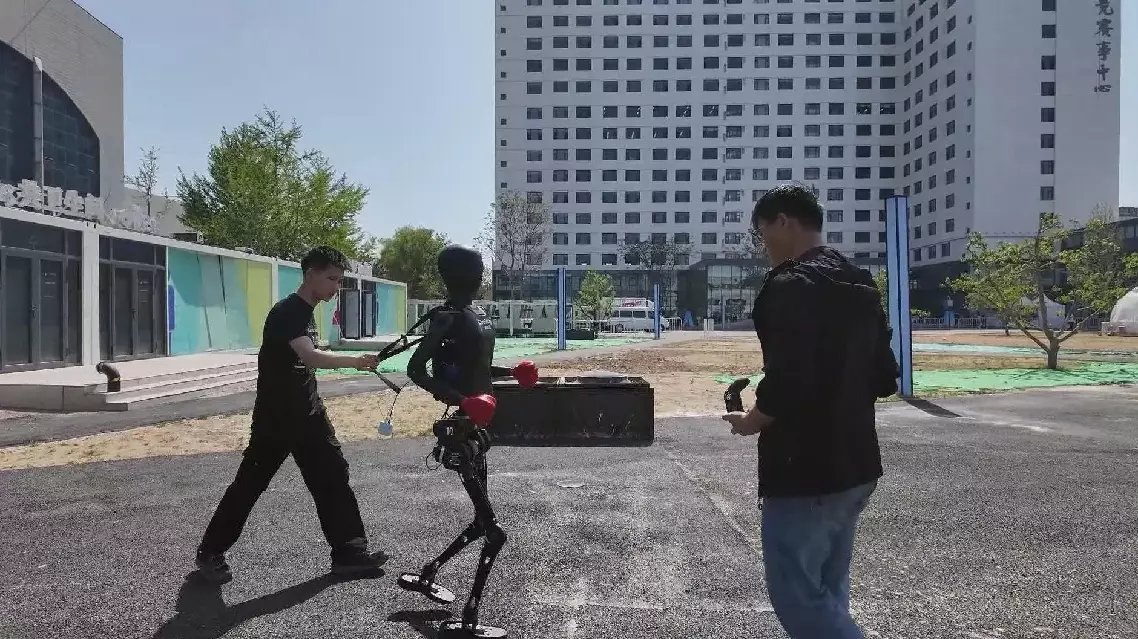
Beijing humanoid robot half-marathon enters final preparation stage




